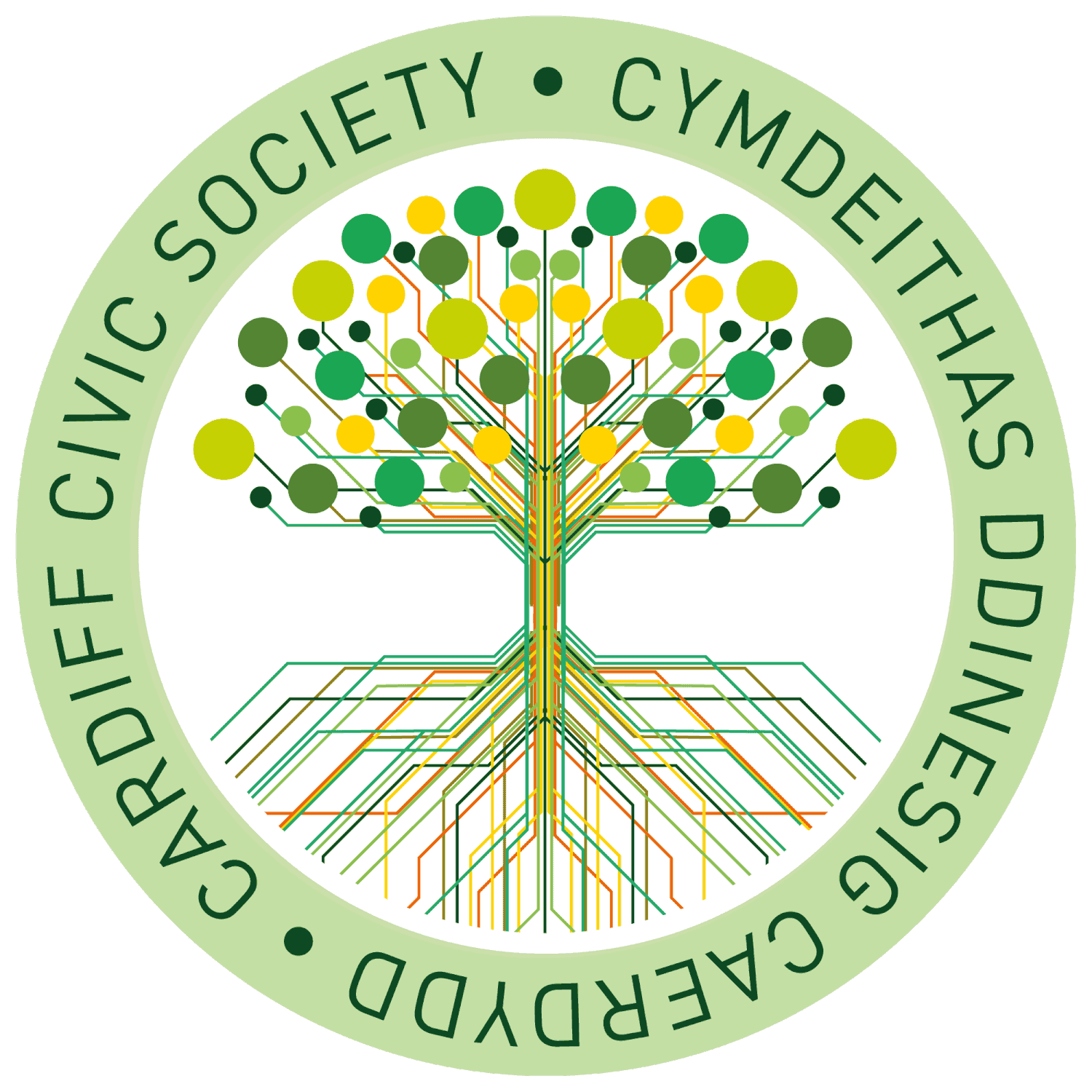Cardiff needs more affordable housing but building on greenfield sites will not guarantee this
A house on a new housing estate. But how many such developments provide affordable homes?
Controversial large scale housing developments are taking place on greenfields across the edges of the city - in Fairwater, St Fagan’s, Radyr, Pontprennau, Lisvane and elsewhere. They came about as the result of decisions about the Cardiff Council’s current Local Development Plan.
Now, Cardiff Council have produced a strategic options paper for future levels of housing and jobs growth in the city to guide the Replacement Local Development Plan. The paper assumes that growth will help solve many issues faced by the city over the next 15 years, including “to reduce unemployment and tackle the inequalities across the city”. But Cardiff Council’s own Equality and Inclusion Strategy admits that “Despite Cardiff’s economic growth during the last 30 years, the patterns of poverty and inequality that emerged a generation ago remain”. The paper offers no explanation why we should believe that what has not succeeded before will now do so.
Cardiff Civic Society has responded to the options paper on future levels of housing and jobs growth in the city. (Click the button below for our full response)
We believe that:
1. Growth should not be seen as a self-justifying goal. Priority must be given to the well-being of current and future generations, the socio-economic duty, and Cardiff Council Replacement Local Development Plan’s vision of a fair, healthy,more liveable, sustainable and low carbon city.
2. The appropriate level of growth in jobs and housing, and their most appropriate location, should be assessed for the Cardiff Capital Region as a whole not just for the city alone.
3. Growth cannot be accurately predicted over a 15-year horizon. Priority should be given to the existing strategic sites and to regeneration opportunities rather than to new greenfield sites.
4. The climate and nature emergencies must be taken seriously. New strategic development sites must be chosen and designed to minimise greenhouse gas emissions. Green infrastructure must be conserved and extended, with added protection for sites of special value.
5. Cardiff needs more affordable housing but building on greenfield sites will not guarantee this. Only deliberate action, including more council homes, can do that. All residential developments, including those in the Central or Bay Business Areas, should include affordable units.
6. Brownfield construction is preferable to greenfield, but some brownfield sites have valuable biodiversity that should be protected. Open green spaces should be included in inner city sites.
7. Construction around district and local centres, or existing and new public transport nodes, is preferable to car-dependent developments, which should be avoided. Transport, community and green infrastructure should be included in all new residential projects.
8. The implications of the changing patterns of working, shopping and living have to be considered. Opportunities to repurpose surplus business premises for affordable housing should be explored to tackle inequalities and reduce carbon emissions.

